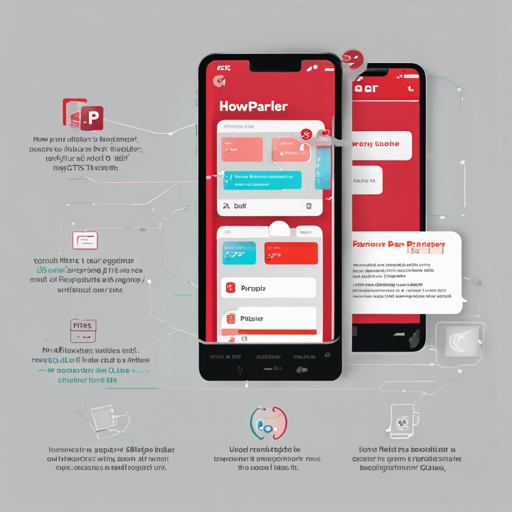Welcome to the world of text-to-speech (TTS) synthesis with Parler-TTS Mini! This powerful yet lightweight model is designed to convert text into high-quality, natural-sounding speech. In this blog, we’ll guide you through the steps to get started, explaining everything from installation to model usage, while also providing troubleshooting tips to ensure your journey is smooth sailing.
What is Parler-TTS Mini?
Parler-TTS Mini v0.1 is a state-of-the-art text-to-speech model crafted using 10.5K hours of audio data. It’s capable of generating speech that can be tailored using simple text prompts to control features like gender, background noise, speaking rate, pitch, and reverberation. It empowers the community by making TTS training resources and dataset pre-processing tools readily available.
Getting Started
Here’s how to set up and use Parler-TTS Mini effectively:
Step 1: Installation
First, you’ll need to install the Parler-TTS library. Open your terminal and run the following command:
pip install git+https://github.com/huggingface/parler-tts.gitStep 2: Using the Model
After installation, you can start generating speech using a Python script. Here’s an analogy to understand the process:
Think of using the Parler-TTS Mini model as preparing a gourmet dish. You have your ingredients (text prompts and audio parameters), your tools (the Python programming environment, libraries, and packages), and your cooking techniques (code snippets and model configurations).
Once you combine these elements in harmony, you will produce a delectable speech output! Here’s how to set it up:
import torch
from parler_tts import ParlerTTSForConditionalGeneration
from transformers import AutoTokenizer
import soundfile as sf
device = 'cuda:0' if torch.cuda.is_available() else 'cpu'
model = ParlerTTSForConditionalGeneration.from_pretrained('parler-tts/parler_tts_mini_v0.1').to(device)
tokenizer = AutoTokenizer.from_pretrained('parler-tts/parler_tts_mini_v0.1')
prompt = "Hey, how are you doing today?"
description = "A female speaker with a slightly low-pitched voice delivers her words quite expressively, in a very confined sounding environment with clear audio quality. She speaks very fast."
input_ids = tokenizer(description, return_tensors='pt').input_ids.to(device)
prompt_input_ids = tokenizer(prompt, return_tensors='pt').input_ids.to(device)
generation = model.generate(input_ids=input_ids, prompt_input_ids=prompt_input_ids)
audio_arr = generation.cpu().numpy().squeeze()
sf.write("parler_tts_out.wav", audio_arr, model.config.sampling_rate)
This script is your recipe—it pulls the necessary ingredients, processes them with the model to generate speech, and finally serves it as an audio file!
Features and Tips
- Use keywords like “very clear audio” for high-quality results, and “very noisy audio” to simulate background noise.
- Punctuation matters! Adding commas can create natural pauses in the synthesized speech.
- Control additional speech features by adjusting parameters directly in your prompts.
Troubleshooting
If you encounter any issues during your setup or usage, here are some tips:
- Ensure that you have the required libraries installed and your Python environment is correctly set up.
- Double-check the paths and model names to ensure they align with the latest documentation on GitHub.
- Review the audio output settings if you are not getting clear sound. Adjust the model parameters for best results.
For more insights, updates, or to collaborate on AI development projects, stay connected with fxis.ai.
Conclusion
With Parler-TTS Mini, you have a robust tool at your fingertips to create high-quality speech output from text. Despite the technical details, this process can be as simple and delightful as preparing your favorite dish. Dive in and explore how you can harness the power of TTS!
At fxis.ai, we believe that such advancements are crucial for the future of AI, as they enable more comprehensive and effective solutions. Our team is continually exploring new methodologies to push the envelope in artificial intelligence, ensuring that our clients benefit from the latest technological innovations.

